Posted on Mon 26 Sep 2016
Foramina @ EGX Leftfield
Last week Foramina was exhibited in the EGX Leftfield collection at the NEC in Birmingham, where Owen and Joe were joined by Tom Mead, Nick Dymond a brass bird and a deer skull!
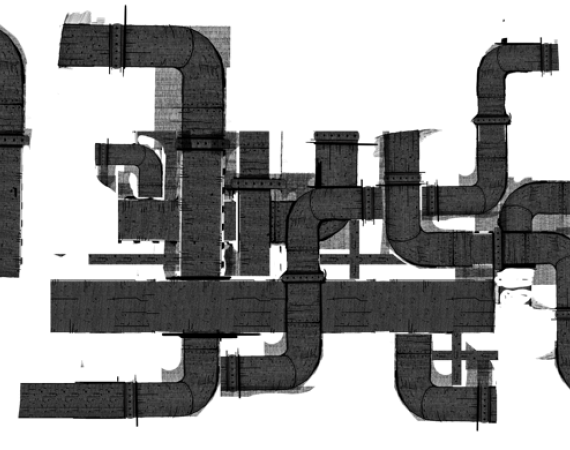
Posted by
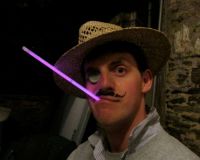
Owen Davies
Indie game developer and programmer with an interest in the shared space between games and art.Project
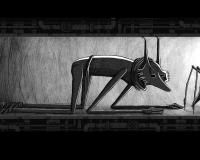
Foramina
Foramina is a pen and ink, nightmare adventure video game being produced by Owen Davies (Arcfire Games), Joe Blakeston, Nick Dymond (Monomoon) and Bristol based artist Tom Mead.Whirlwind start
The only thing we have to fear is fear itself - Franklin Delano Roosevelt
Of course, FDR never applied to exhibit a video game at a games expo with 75,000 poeple attending six weeks before the event and without anything to exhibit. However, fear quickly turned to focus and the spectre of such a tight deadline looming over us would turn out to be a blessing in disguise.
Timing is every...
Three days after being accepted into Leftfield, Joe and I found out we had been invited to become residents of the PM Studio as well, so timing wise things could not have been better. The studio is half way between our homes south of the river and Tom's studio in Stokes Croft and five minutes away from Nick's studio so the studio became the centre of operations. Having thrashed out a skeleton level design we dove straight in to paper prototyping with studio residents. It's a testament to their enthusiasm and honest appraisal of our work that the gameplay we took to EGX was more or less identical to the one that emerged from that process. It also saved valuable time that could have been lost on coding or animating elements that were removed from the design at this stage...thing.
Ministry of Silly Walks
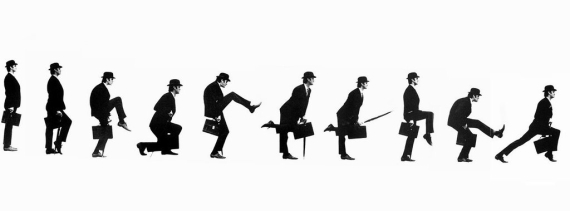
Tom had a clear idea of how he wanted the protaginst to behave, but in order for Joe to realise this in his animations, he needed some visual pointers. So he and Zahra took to the fox walk as we filmed them and tried not to laugh too hard. There was subsequent silliness involving leaping on filing cabinets, which thankfully were able to take my weight, and we made full use of the space to capture Tom's vision.
Pipelines
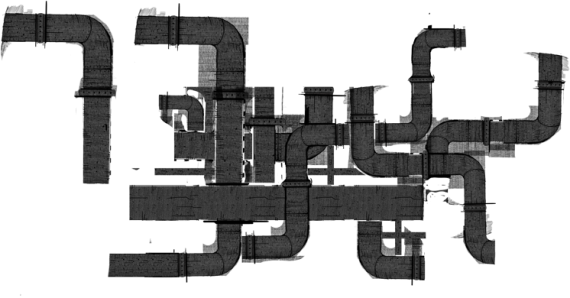
The next task was to set up the art and audio pipelines. This is a key part of game development, where the artists and sound engineers come together with the coders to figure out the best way of getting images, animation and audio into the game. The pipelines need to be streamlined and the assets must adhere to structured naming and folder hierarchy conventions and be exported in the correct format, in order to avoid time-consuming mistakes. However, this is not something Tom has had to concern himself with before, so one task was to figure out a methodology that made sense to him, as well as to us. It's fair to say that we did not fully succeed in doing this and it's one of the areas we'll be looking to improve on as the project goes forward. Not only did we replicate work, but it felt like we lost some of the form and tone of Tom's work in this process.
The 'Crunch'
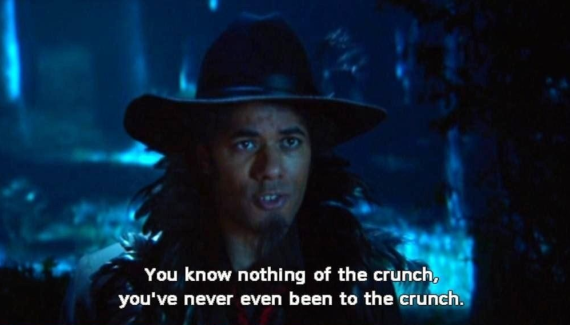
In game development, crunch (time) is a period of intense work with long hours during a game development cycle. In theory it should always be avoidable, but the reality is that developers always try to make the best game they can and therefore content is added and refined for as long as possible. With each new piece of content comes the potential for bugs and with limited time remaining it's either work until it's fixed or ship with bugs. The former is usually preferable. In our case, we were up against it from day one, so it was inevitable that things would get hectic at the business end of our six week build. One of the side effects of crunching is that intense focus (and lack of sleep!) can lead to poor decision making. Once again residents were called upon for their advice and as a result the decision was made to focus on the two scenes that were implemented rather than attempting to complete a third in the last few days that were remaining. Instead we bug-fixed and polished what we had and this proved to be absolutely the correct decision.
Showtime
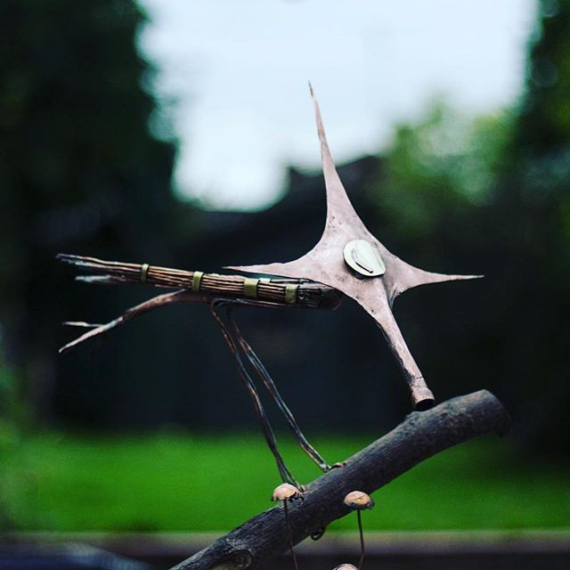
With bags packed it was a 6am start, armed with a piece of fan art (yes, we already have fan art!) from the game, a bunch of T-shirts featuring the protagonist and a deer's skull for dramatic effect. As the name suggests, The Leftfield Collection is designed to give gamers a different experience from the rest of the expo and David Hayward's talented curation coupled with the space provides a sanctuary of calm where gamers can play more artistic and experimental works. We were delighted to discover that we were not the only game featuring hand-drawn elements on show and would urge you to take a look at John Evelyn's beautifully crafted game, The Collage Atlas, and to explore the magical world of Sacramento, by Delphine Fourneau.
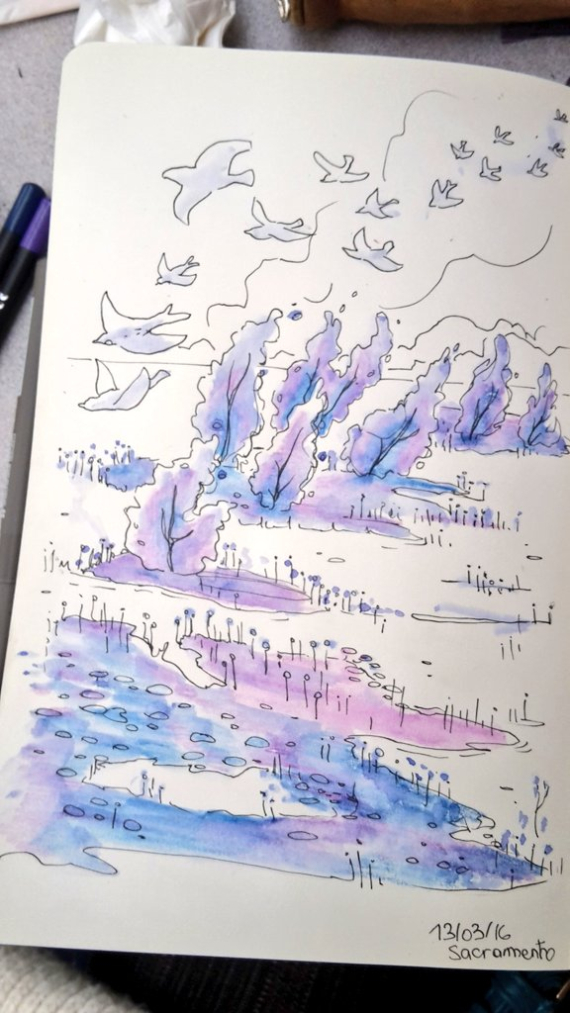
As people started to play Foramina, we began the process of analysing their approach to the game. As mentioned above, the actual gameplay worked really well, but we quickly realised that some of the mechanics were fiddly and confusing for players and there were a few niggling bugs that needed to be addressed. So we iterated and rebuilt the game several times during the first day and a half and this vastly increased people's enjoyment of the game.
Next steps
Now that we have a solid playable tech demo, we can take a breather and spend a bit of time reflecting on our method and where we want to go next. We have had lots of positive feedback on the visual and audio style, but we need to think about narrative and also about process and we'll be talking more about this in our PM studio lunchtime talk at the end of October.